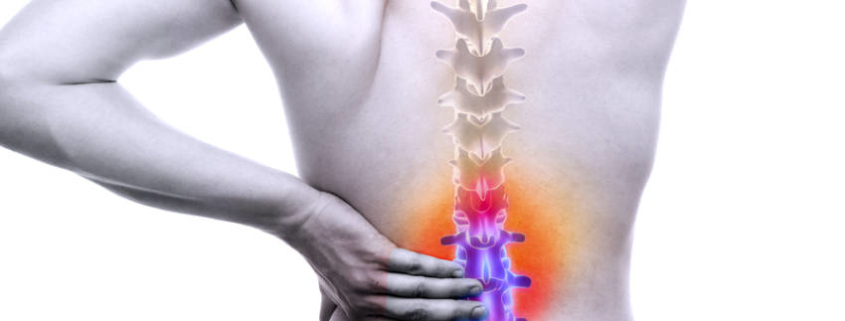Disc Prolapse Lower Back (Lumbar)
A disc prolapse in the lower back (the lumbar spine) can produce sharp, sudden debilitating lower back pain. In addition there may be a burning, electric-like linear pain radiating through the buttock and down the back of the leg, into the calf and sometimes into the foot. Associated symptoms include pins and needles, numbness and muscle weakness.
Symptoms are generally made worse with activities involving lifting, bending forwards, prolonged sitting, or when moving from sitting to standing (e.g. getting out of the car). Coughing, sneezing and twisting may also aggravate symptoms. Patients with a lumbar disc prolapse often experience pain that is worse first thing in the morning.
When a disc is prolapsed, part of that disc may press on a nerve root (a nerve coming from the spine) or the inflammation caused by the prolapse can irritate the nerve roots and thus cause pain down through the distribution of the nerves affected.
When you were younger. Discs do not actually “slip,” a disk may move, split, or rupture.
A prolapsed disc often occurs with lifting, pulling, bending, or twisting movements. In people with a weakness in a disc, this may be sufficient to cause a prolapse. Factors that may increase the risk of developing a prolapsed disc include: a job involving lots of lifting, an occupation involving lots of sitting (especially driving), inappropriate exercise such as weightlifting with poor technique or fast kettlebell exercises, smoking and obesity.
An osteopath can help address back pain. During your initial appointment, your osteopath will go through your medical history, do a physical exam, and perform orthopaedic and neurological tests. If your osteopath finds that you have advanced loss of strength, sensation, reflexes, and other unusual neurological findings, then they will refer you to a neurosurgeon or they may recommend MRI scans and other imaging techniques provide accurate information on disc health to help decide on appropriate treatment options.
After reviewing this information, your osteopath can determine if you have an intervertebral disc injury. The type of disc injury you have will determine what techniques your osteopath will use to address your symptoms. In addition to helping with recovery, osteopathy is often used to educate patients on good body mechanics (such as proper lifting technique) which helps to prevent excessive wear and tear on the discs. The specifics of what are in your treatment plan are particular to your pain, level of activity, overall health, and what your osteopath thinks is best.
Patients are usually advised to start with a course of osteopathic care prior to considering spinal surgery for a herniated disc.
View a list of common complains that Osteopathy can assist with
Discovery the benefits of Osteopathy
- What is Osteopathy?
- Adult health issues
- Babies and Children
- During and after pregnancy
- Common Complaints
- Testimonials
- Sports Injuries
- Genral Osteopathy FAQs
- The Science & Reasearch



